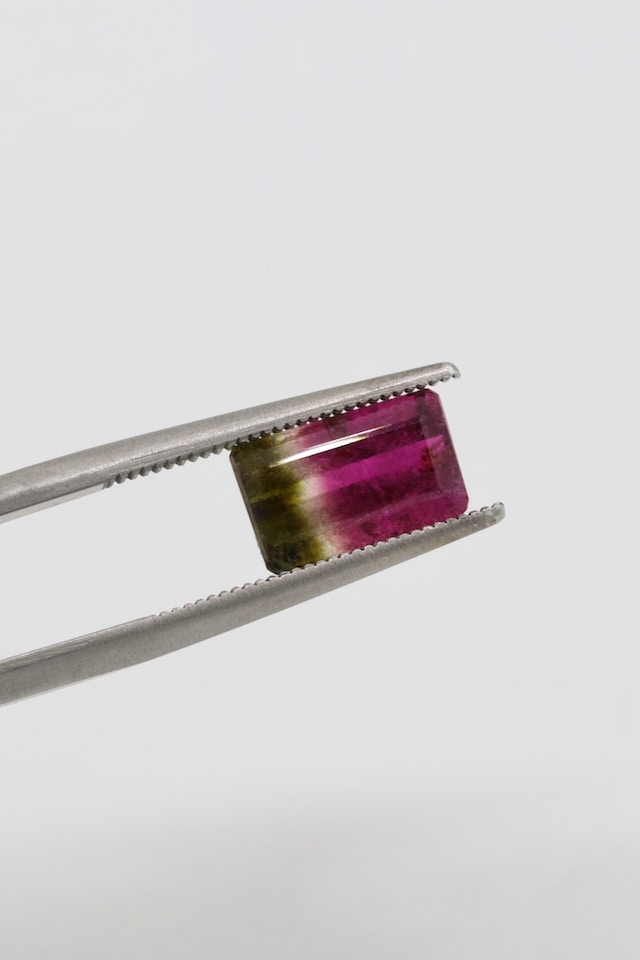Knowledge
20.07.2023 Turmanling group: varieties of the colorful gemstone
Like hardly any other gemstone, tourmaline stands out for its variety of colors – from colorless to strong red to deep black, everything is included in the tourmaline group. Long underestimated, the various varieties of tourmaline now enjoy great popularity as jewelry and investment stones.

Tourmaline: properties, history and effect
Tourmalines are a group of minerals belonging to the class of silicates. They have a Mohs hardness of 7 to 7.5 and their crystals form characteristic stripes. The colored gemstones are found all over the world, but mostly they come from Sri Lanka, Brazil, Mozambique and Nigeria. The newest place of finding with excellent quality is Pakistan.
Tourmaline was known in ancient times, was used as a gemstone in the Middle Ages, and spread to Europe mainly from 1700, after Dutchmen brought the mineral from Sri Lanka.
The name “tourmaline” comes from the Sinhalese word “thuramali”, which means “stone with mixed colors”. It is not for nothing that the gemstone is known for its richness of colors. For the individual colors own names have developed in the trade, for example “rubellite” for the pink to red variety or “indigolite” for the blue tourmaline. Fluorescence is not present in all tourmalines, but pleochroism (= the color changes at different viewing angles) is present in all varieties.
A special feature of tourmaline is its pyro- and piezoelectric behavior, whereby the stone becomes electrostatically charged through heating or friction and therefore attracts dust and paper. This property was used in the past to pull tobacco ash out of the pipe and gave it the name “ash extractor”. Even today, tourmaline is used in electronics because of this effect.
In stone healing, tourmaline is considered a protective stone and is said to ground its wearer, protect against stress and promote creativity.


Tourmaline varieties

Schorl: Black Tourmaline
Black to blue-black tourmaline bears the name “Schorl” and was discovered in the Middle Ages. Schorl is the most common variety of the tourmaline group and has a high iron content. In addition to its use in jewelry, the stone is used to make refractory porcelain and glass and is used in electronics and textile cleaning.
Verdelite: Green Tourmaline
Verdelite is the green variety of the tourmaline group. Its color spectrum ranges from light green to olive green to intense dark green. It owes its color to the heavy metals chromium and/or vanadium.
Indigolite: Blue Tourmaline
Indigolite is the rarest stone among tourmalines and accordingly one of the most expensive. It is light to deep blue, often with green nuances.
Rubellite: Reddish Tourmaline
As the name suggests, rubellite is red, occurring in a variety of hues ranging from pink to dark red.It owes its color to the trace element manganese.
Bicolor and tricolor tourmaline: Tourmaline with several colors
Bicolor and tricolor tourmalines also occur, with the different colors usually arranged in layers. Especially well known is the so called “watermelon tourmaline” in the colors green and red, sometimes with white markings.The watermelon tourmaline has a pink core, which is surrounded by a green ring.The multicolored Moor’s Head Tourmaline, in turn, has a black or dark crystal tip, while the rest of the stone has a lighter color.
Paraiba: Tourmaline from Brazil
Very much in demand is the Paraiba tourmaline (also known by its mineralogical name “cuprite elbaite”), which was discovered in the eponymous state of “Paraiba” in Brazil. Originally an appellation of origin, Paraiba tourmaline is now a generic or trade name for tourmalines containing copper and manganese. The gemstone is green to turquoise blue and usually gets its strong color only by firing.
In addition, there are also colorless tourmalines, which bear the name “Achroite”, the green “Chrome Tourmaline”, the brown “Dravite” and stones in bright orange and other special colors.

Tourmaline as investment gemstone
Tourmaline has a high potential to increase in value. Thirty years ago, Brazilian farmers carelessly tossed it aside while plowing, but today the gemstone is in great demand. Paraiba in particular is now very expensive. The value of a 3 ct. stone with an intense turquoise color can reach between 20,000 and 30,000 euros per carat, making it as expensive as a diamond or ruby of medium quality. The most sought-after is the “electric blue” color variety, where the stone is said to glow turquoise from within.
Due to its increase in value, tourmaline is not only suitable for processing into jewelry, but also as a financial investment. For investment purposes, pure tourmalines in strong colors with at least 5 carats come into question, with Paraiba tourmaline from 1 carat. Especially luminous Indigolite, Paraiba, Rubellite, Verdelite, Bicolor- and Tricolor Tourmaline as well as stones in special colors, which have no own name, are interesting for investments.
The most sought-after color variant is “electric blue”, where the stone is said to glow turquoise from within.


